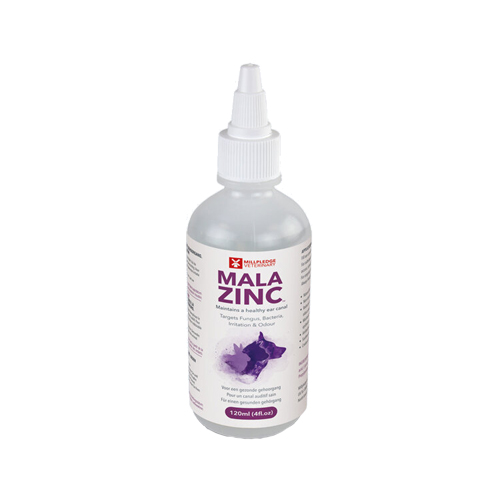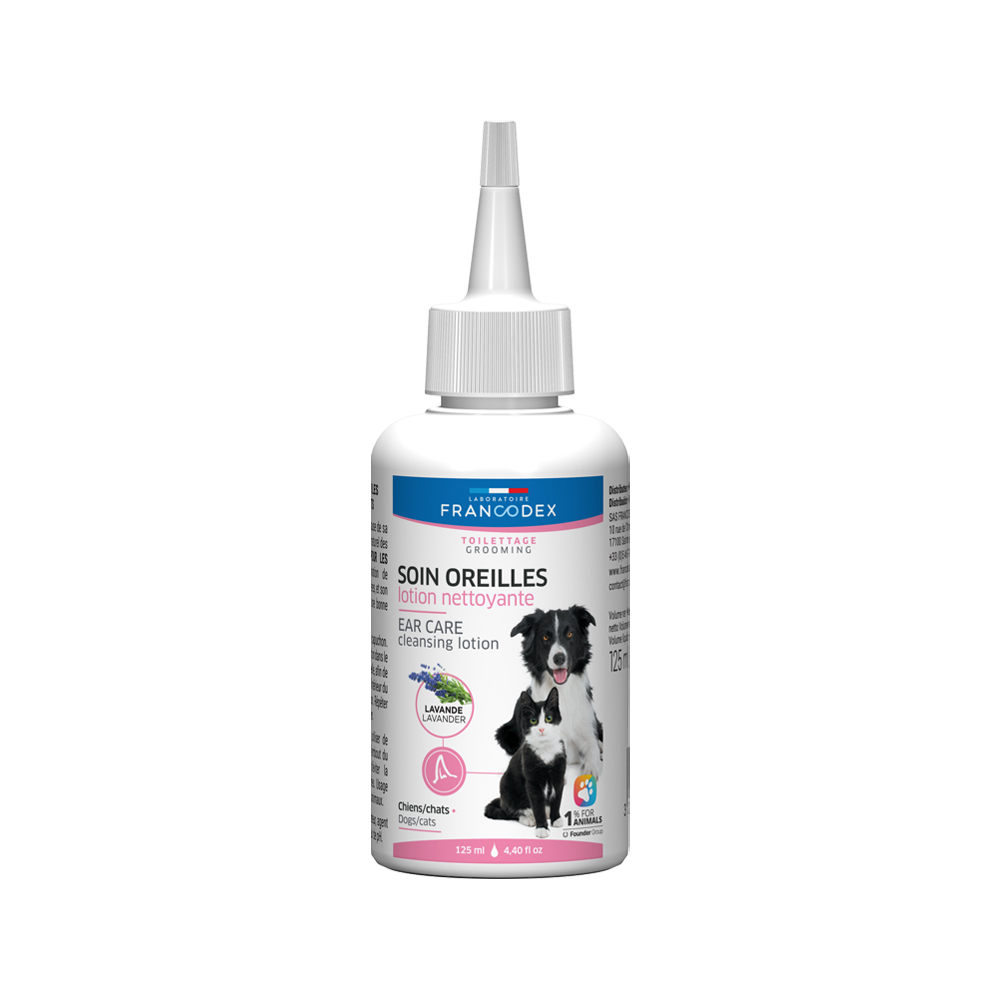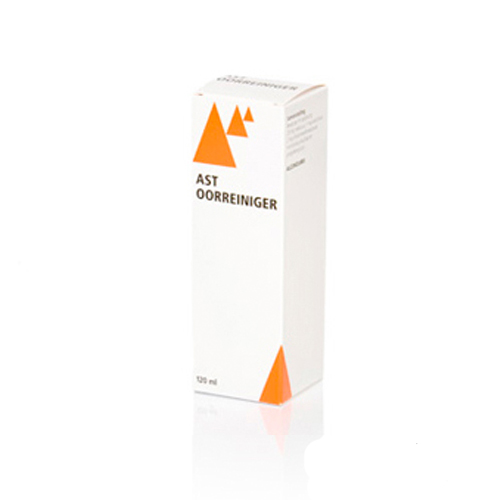Ear Structure
Dog’s ears consist of three parts; the outer ear, the middle ear and the inner ear. The outer ear is the external portion of the ear including the fleshy visible outer ear and the auditory canal. The shape and size of the outer ear vary depending on the breed of dog. From the outer ear, the auditory canal runs vertically, then bends and continues horizontally until it reaches the eardrum, separating the outer ear from the middle ear. Once sound waves reach the eardrum, it starts to vibrate. These vibrations are then passed on to the three ossicles in the middle ear; the hammer (malleus), the anvil (incus) and the stirrup (stapes). The middle ear serves to amplify sounds and pass them on to the inner ear. The inner ear consists of the cochlea and the vestibular system (responsible for balance), both of which are made up of fluid. The cochlea transmits the sound waves to the auditory vestibular nerve, which carries them to the brain. The movement of fluid within the vestibular system transmits information about the dog’s movement and position to the brain. Clinical ear conditions most frequently concern the outer ear, however, middle or inner ear conditions have more severe consequences and the possibility of neurological symptoms.
Ear Infection
One of the most common conditions in veterinary practices is an ear infection, usually caused by a mixed infection of one or multiple types of bacteria, fungi and/or yeast. An ear infection is uncomfortable for the dog and usually leads to compulsive scratching of the ears or shaking of the head. Other noticeable effects of an ear infection include the overproduction of ear wax or visible redness. Allergies or hypersensitive reactions can cause an inflammation of the ear without infection but with visible redness.
Predisposition
There are certain factors that can contribute to the development of an infection, such as frequent swimming, long hanging ears or dogs with a naturally narrow ear canal (like the Shar Pei). In some cases, it might be necessary to surgically correct the ear canal to prevent a recurring ear infection.
Ear Mites
Ear mites are small parasites that live in and around the ear and feed on ear wax and dander, which causes a lot of discomfort and itching for the dog. Ear mite infections most commonly occur in puppies but can affect animals of all ages. If one of your pets is suffering from an ear mite infestation, make sure you check your other pets as well, as ear mites are very contagious! A veterinarian uses an otoscope (or auriscope) to inspect the ear canal and, if ear mites are present, they can actually be seen walking around. It might be necessary to clean the ear canal to rid it of excess ear wax before a mite killing cream can be applied. An ear mite infection will not go away if left untreated.
Ear Care
To prevent ear infection, it is advisable to clean the ears on a regular basis using a cleaner such as Otoclean Ear Cleaner. Please note: we only advise this for dogs that have regular problems, for example after swimming. It is not necessary for you to clean your dog’s ears if they do not have any issues or symptoms.




























